Falling into Fall Cleanup
As the temperatures drop and the forecast mentions that dreaded “S” word, it's only natural to feel a bit of panic that things in the garden need to be wrapped up for winter, and STAT. But looking out the window, nature is showing us the way forward, by taking intentional steps based on the season and the best practices of the ecosystem. This attention to seasonal shifts is the basis of how we at Home Sown Gardens operate, as we take our role as stewards very seriously.
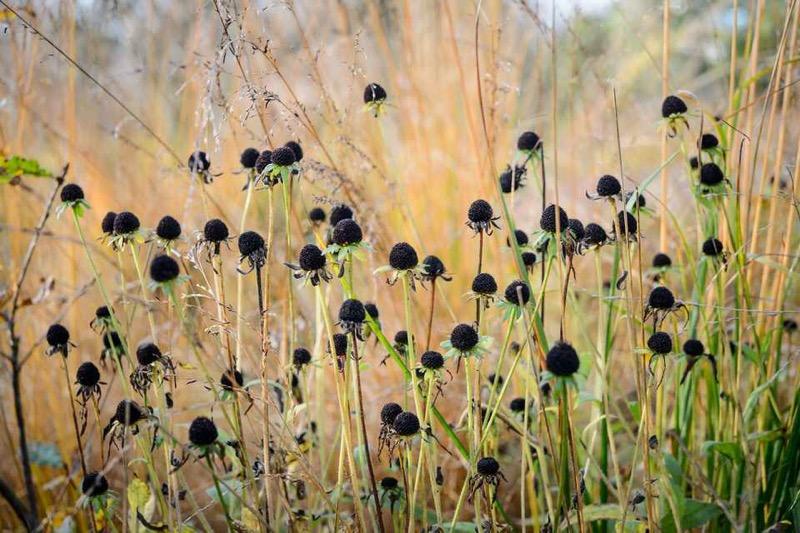
It may surprise you to learn that we don't start “Fall Cleanup” visits, that is, the final maintenance visit of the regular season, until the very end of October. While other outdoor services aim to wrap up prior to frost and freezes, we are continuing our work through the end of November to echo the natural fading of the garden. The plants are not worried about what month it is, they are more influenced by the length of the day, the high and low temperatures, and the fading sunlight. By working in tandem with the cycles of nature, we are providing the best possible services to you, while promoting the health and wellbeing of your gardens.
What is “Fall Cleanup”?
It is both the name assigned to the final “maintenance” visit of the year and the specific tasks that are part of winterizing a garden. Fall Cleanup tasks are done on an as-needed basis in a phased approach throughout the fall season, often beginning in September and going through the end of November, depending on factors such as tree coverage and the occurrence of a hard frost. Fall Cleanup, like much of our work, is a balance of Both/And in the garden.
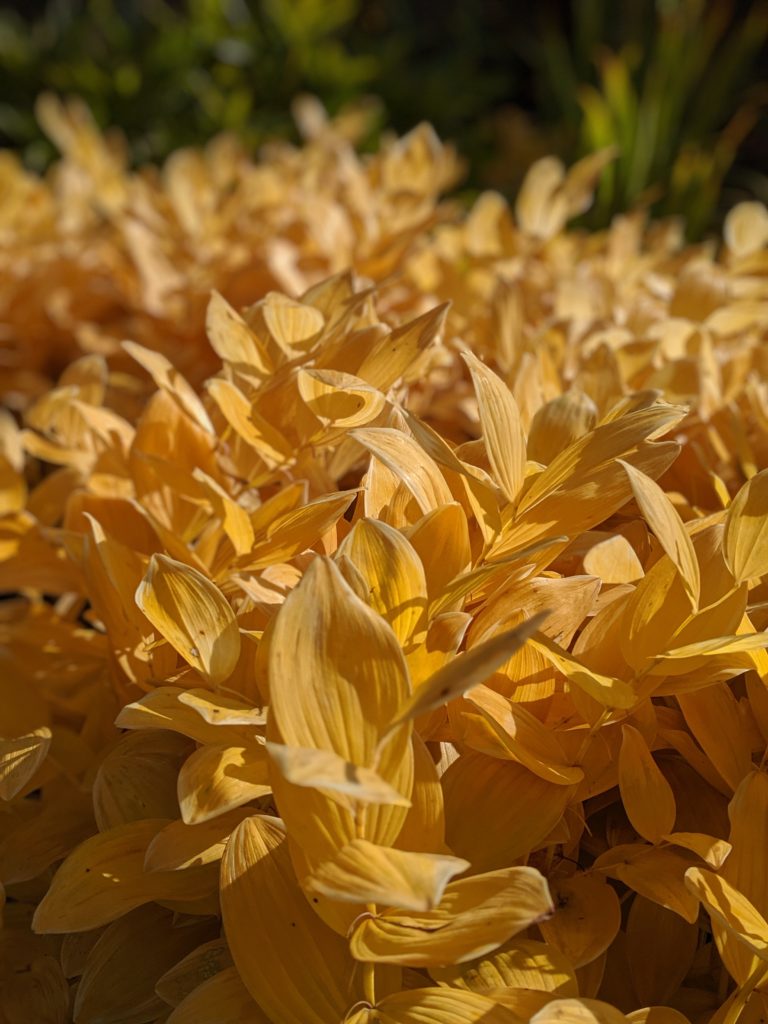
Fall Cleanup tasks include :
• Clearing debris from garden plants that die completely back to the ground after hard frosts. These plants, such as hosta and daylilies, have minimal habitat benefits for wildlife and don’t have particularly good looks in the winter.
AND
• Assessing perennials that DO provide habitat, shelter, and foraging for wildlife and pollinators to maximize the ecological benefit of your yard in your local ecosystem.
AND
• Leaving perennials that have ornamental value in the garden, providing winter interest through the bleakest months of the year, and keeping your yard full of color, movement, and structure to tide you over until spring!
AND
• Evaluating perennials based on their individual characteristics and location, for example, seedy perennials may be cut back to limit their spread, and others may be cut back to maintain ease of snow removal along paths and entries. Diseased plants are always removed to prevent the spread of plant-borne diseases.
• Removing branches, leaves, and other debris from perennials, shrubs, and garden beds. We work to find the balance of cleaning up the gardens to protect the health of the plants, as well as maintain neat aesthetics, as well as provide habitat for overwintering pollinators and other wildlife.
AND
• Leaving some leaves in the garden beds to naturally decompose and enrich the soil, while also providing shelter and habitat for important insects and pollinators.
AND
• Considering the total leaf coverage and what is yet to fall from the trees to determine how much to clean up now and what will be added in the coming days and weeks.
AND
• Removing enough debris from the garden to deter non-beneficial wildlife that may shelter in the bases of plants and cause damage.
Additionally, we are keeping an eye on specific plants to make sure that the onset of winter finds them in the best possible shape to ensure that they thrive next spring.
• Assessing individual evergreen shrubs and trees to clear debris from within their branches that can collect and rot, causing damage and dead spots in the canopy.
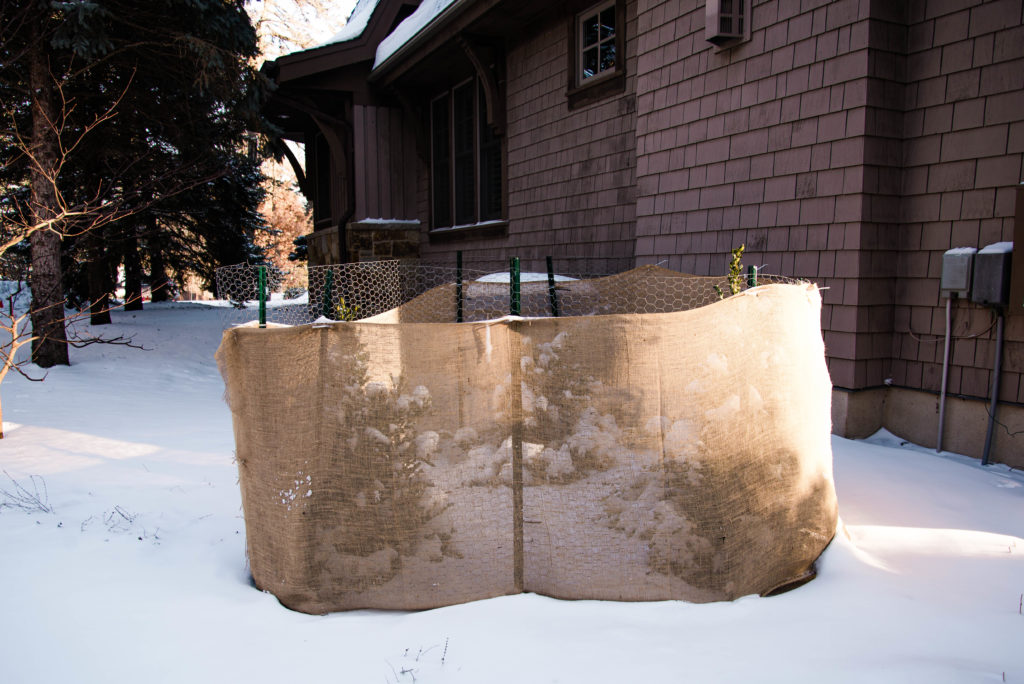
Other services also happen only at Fall Cleanup that are not appropriate to do earlier. Installing fencing for Winter Protection is an essential task to protect trees, shrubs, and perennials from hungry critters, especially in areas with heavy rabbit and deer traffic. We install Winter Protection at Fall Cleanup because earlier installation would mean that there is exponential leaf debris getting caught in it, creating problems that can be avoided by simply waiting to install it. We are also flagging low-growing perennials that need Winter Insulation so that we can find them when we come back to install layers of marsh hay or straw to provide a warm but breathable layer of protection against extreme temperature fluctuations. Even a few inches of snow can obscure an entire new garden making it difficult to locate the plants in need of a little help during their first winter.
Do I need to do a Fall Cleanup if I have a lawn service?
Your lawn service will likely do a significant amount of leaf removal, which will likely focus on the lawn, an area that really does need most of the leaf debris removed in order to protect the health of the lawn. However, we focus on the gardens specifically and our work as you can see from the task list, is much more involved than just blowing leaves. Also, we find that the bases of shrubs and larger perennials often need to be gone through again after some over-enthusiastic leaf-blowing.
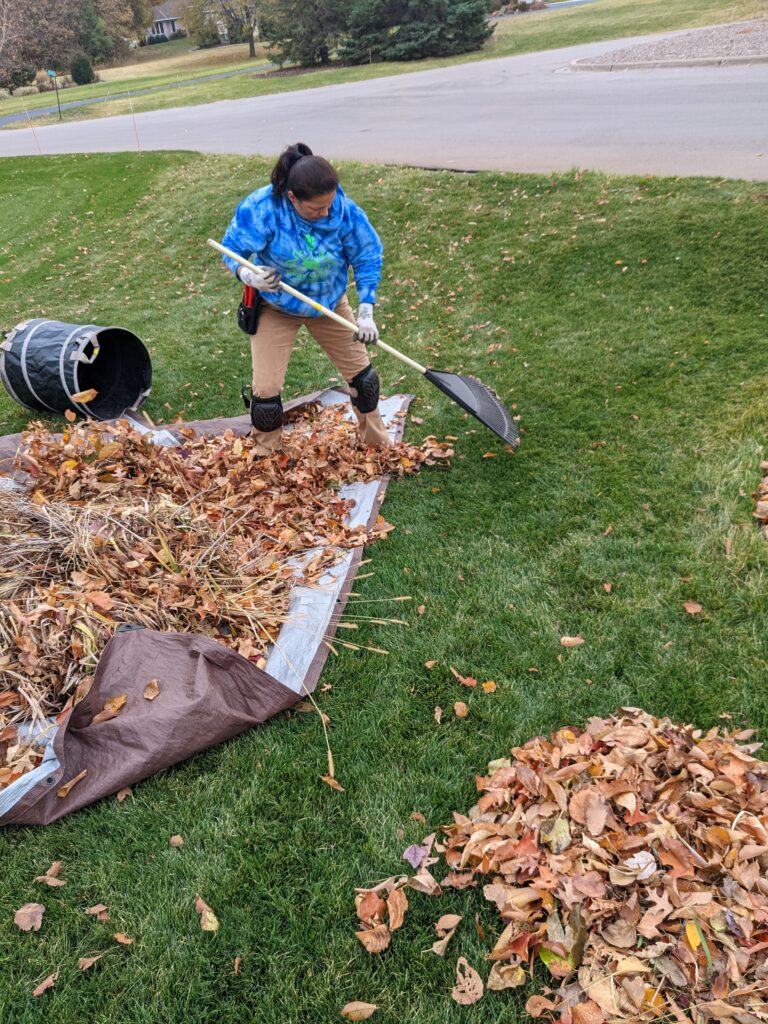
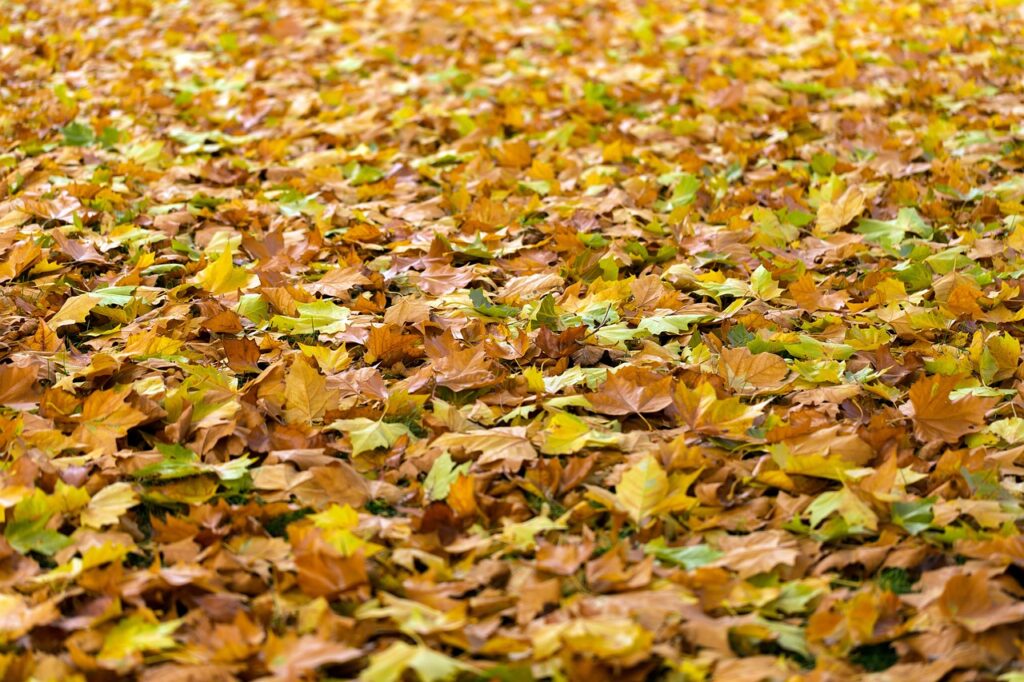
What isn’t Fall Cleanup?
At Home Sown Gardens, we are taking a holistic and ecologically minded approach to caring for every garden we service. Our Fall Cleanups, just like the rest of our services, are not cookie-cutter, one-size-fits-all task lists with a single approach, since no gardens are cookie-cutter, not even the townhouse community or HOA community or tiny Minneapolis lot. Every garden is unique and has its own factors to consider when going about a Fall Cleanup. How much tree coverage is there? Are they oak trees, that hang on to some of their leaves throughout the winter? Does the lawn company do a cleanup? Does the homeowner travel during the winter, making winter interest unnecessary? Every Fall Cleanup, just like every service we provide, is tailored to the needs of your individual garden.
When to do Fall Cleanup?
Fall Cleanup visits are simply the final visit of the “regular” maintenance season and can occur anytime between the end of October and the beginning of December, Mother Nature being our ultimate boss and maker of schedules. Fall Cleanup tasks are accomplished in stages starting as early as August or September, depending on the site conditions in your gardens which is why we utilize a phased approach to completing all of the Fall Cleanup tasks over a period of months. Because of this phased approach, it matters much less what is left “undone” in the case that we end up not making it back for an official Fall Cleanup visit. Some plants naturally fade earlier than others and can be cut down to keep things looking tidy in the garden. For those clients who are on our Monthly Maintenance services, this makes your transition into fall a smooth process that maximizes the beauty and ecological value of your gardens. Clients who receive a one-time service of Fall Cleanup will have more tasks that need doing, and more volume to deal with in those tasks. But fear not! Our intrepid teams are able to handle large amounts of debris and specialty plant care in just about any season.
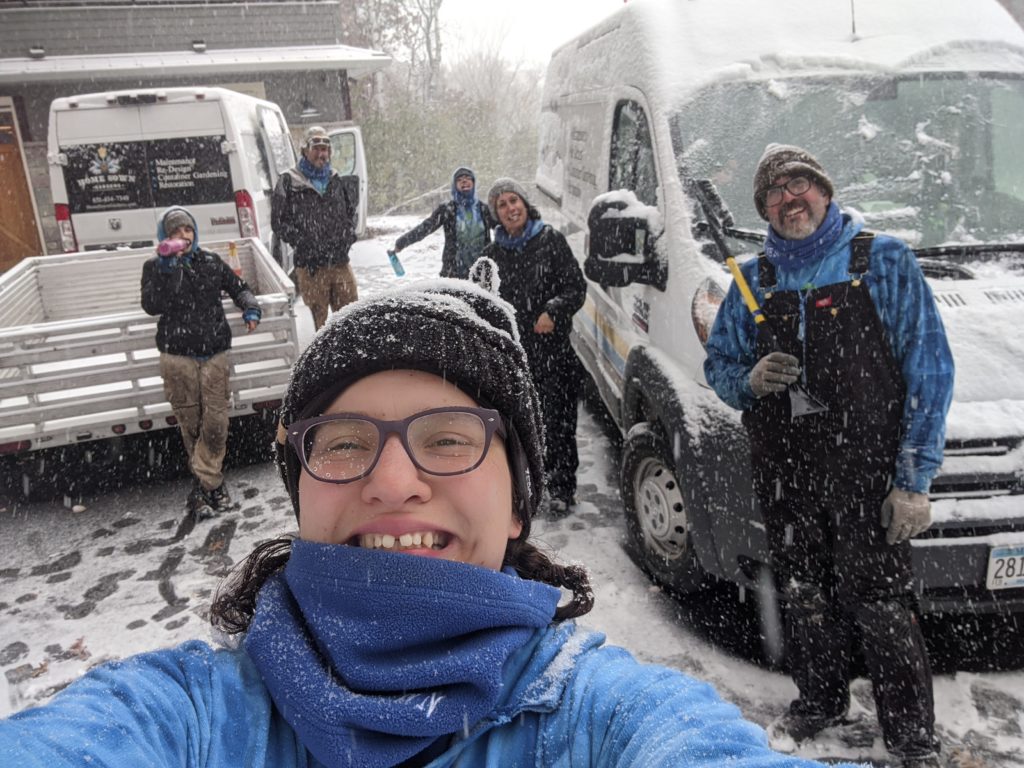
When does Fall Cleanup stop?
Unlike some outdoor services, our season is not automatically ended by freezes, though wet weather can spell the end when combined with continuous below-freezing temperatures. Significant snowfall that is followed by below-freezing temperatures for the long-term forecast is generally the natural ending of our season, which can occur as early as late October or as late as mid-December as Mother Nature is our ultimate boss. It's also worth noting that we can simply press “pause” on our work for several days if needed in order to ride out a cold snap and await warmer conditions. Regardless of the weather outside, you will hear from us about the end of the season, be that a final visit for Fall Cleanup or a notice of us having to skip your Fall Cleanup due to weather closing our season ahead of schedule.
